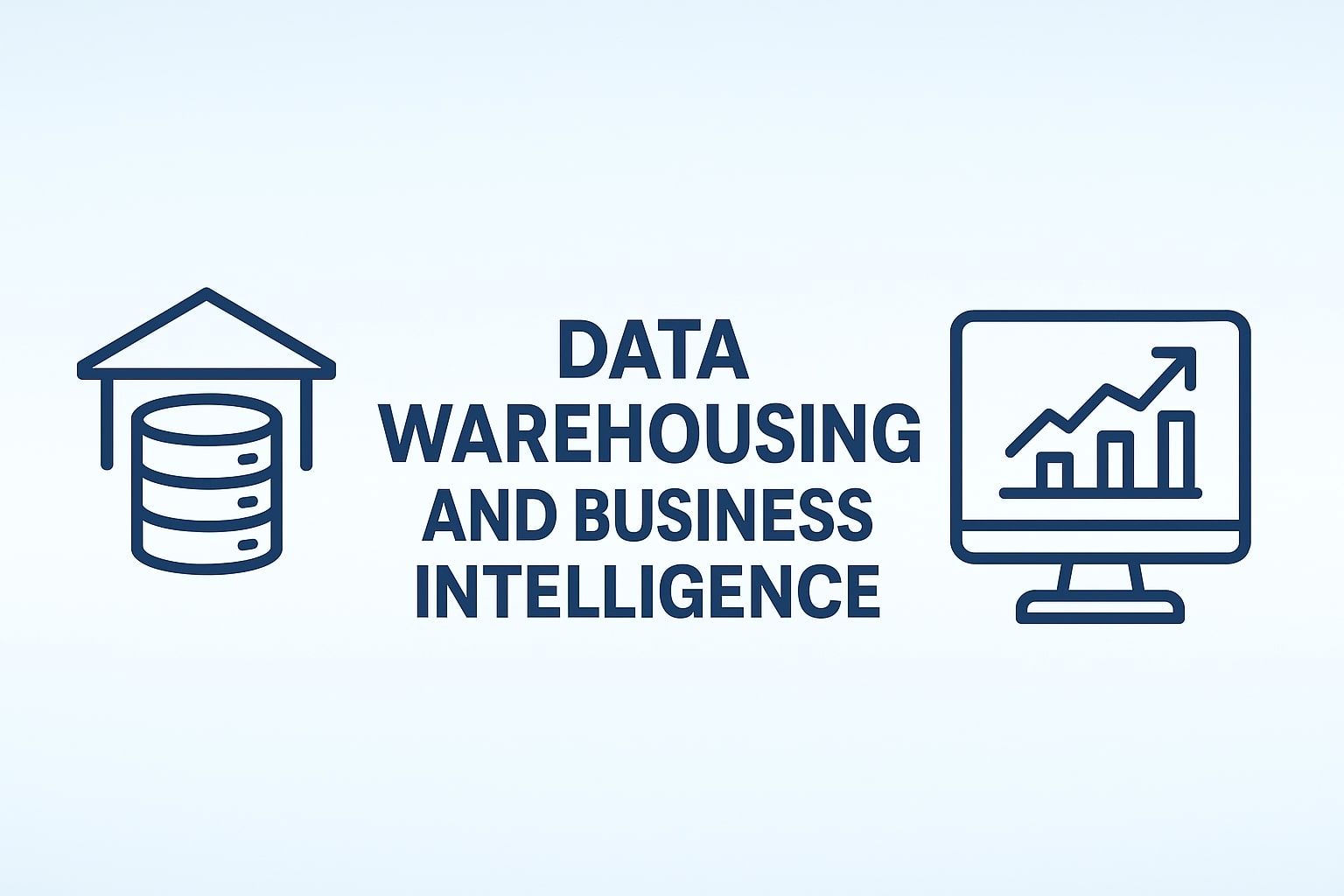The global staff augmentation market is projected to reach $147.2 billion by 2028, driven by businesses seeking flexible workforce solutions and access to specialized talent. But is staff augmentation the right choice for your organization?
At Atiba, we’ve navigated the evolution of IT staff augmentation for over 30 years, working with more than 1,600 clients across diverse industries. Our team of 80+ developers has witnessed firsthand both the transformative successes and costly pitfalls of augmented development teams.
This comprehensive guide examines the real pros and cons of staff augmentation, drawing from three decades of hands-on experience implementing software development augmentation projects across the Southeast and beyond. Whether you’re considering contract developers for the first time or evaluating your current outsourced talent strategy, you’ll discover the insights needed to make an informed decision.
What is Staff Augmentation?
Staff augmentation is a strategic approach where businesses temporarily expand their internal teams with external specialists to meet specific project requirements or fill skill gaps. Unlike traditional outsourcing, where entire projects are handed off to third-party providers, staff augmentation integrates expert developers directly into your existing team structure.
Key Characteristics of IT Staff Augmentation:
- Direct integration with your in-house development team
- Project-based staffing that scales with your needs
- Access to specialized skills not available internally
- Maintained control over project direction and quality
- Flexible engagement models from short-term sprints to long-term partnerships
In the software development world, staff augmentation services typically involve bringing in contract developers, DevOps specialists, or full-stack developers who work alongside your permanent employees. This model provides the technical expertise needed for complex projects while maintaining your company’s culture and processes.
When Does Staff Augmentation Make Sense?
Our experience with hundreds of client implementations reveals that staff augmentation works best when:
- You have urgent project deadlines requiring additional bandwidth
- Your team lacks specific technical skills (cloud migration, mobile development, etc.)
- You need to scale quickly for a major software initiative
- Budget constraints prevent permanent hiring
- You want to test new technologies before committing to full-time expertise
The Pros of Staff Augmentation
After managing countless augmented development teams, we’ve identified the core advantages that drive successful outcomes for our clients.
1. Access to Specialized Skills & Expert Developers
The Challenge: Today’s software projects demand expertise across multiple technology stacks—from React and Angular front-ends to Python and .NET backends, plus cloud platforms, mobile frameworks, and emerging technologies like AI and blockchain.
The Solution: Staff augmentation provides immediate access to experts who’ve spent years mastering specific technologies. At Atiba, our augmentation teams include specialists in:
- .NET Framework and .NET Core for enterprise applications
- React, Angular, and Vue.js for modern web interfaces
- Python and Java for backend systems and APIs
- Mobile development in iOS, Android, and cross-platform frameworks
- Cloud platforms including AWS, Azure, and Google Cloud
- DevOps and CI/CD pipeline implementation
Example: A Nashville healthcare company needed to integrate AI-powered diagnostic tools into their existing patient management system. Rather than spending 6+ months recruiting and training full-time AI specialists, they could augment their team with machine learning experts. The project could be launched 4 months ahead of schedule, saving over $200,000 in development costs.
2. Cost-Effective Hiring & Budget Optimization
Traditional hiring involves significant hidden costs: recruitment fees (typically 20-30% of annual salary), benefits, office space, equipment, and training time. Staff augmentation eliminates these overhead expenses while providing immediate productivity.
Cost Comparison Breakdown:
- Full-time senior developer: $120,000 salary + $30,000 benefits + $15,000 overhead = $165,000 annually
- Augmented specialist: $80-200/hour for project duration only = $40,000-70,000 for 6-month project
Beyond direct savings, augmented teams reduce recruitment time from months to days.
Resource Planning Benefits:
- Predictable project budgets with fixed-rate specialists
- No long-term financial commitments beyond project scope
- Reduced training and onboarding costs
- Eliminated recruitment agency fees
3. Scalable Workforce & Project Flexibility
Modern software development demands vary dramatically. One month you might need two additional developers; the next quarter could require a complete DevOps transformation team. Staff augmentation provides the resource flexibility to match team size with actual needs.
Example: A regional bank’s digital transformation requires scaling from a 5-person development team to 20+ specialists across 18 months, then back down to 8 for maintenance. Traditional hiring would have meant costly layoffs or carrying unnecessary overhead. Through strategic staff augmentation, they could maintain optimal team size throughout the project lifecycle.
Agile Development Teams Integration:
- Sprint-based scaling for agile methodologies
- Specialized roles during different project phases (design, development, testing, deployment)
- Rapid response to changing business requirements
- Cross-functional expertise without permanent headcount
4. Faster Market Entry & Reduced Time-to-Market
In competitive markets, speed often determines success. Staff augmentation can compress development timelines by immediately adding proven expertise to critical path activities.
Time Acceleration Factors:
- No learning curve with experienced specialists
- Parallel development streams with expanded team capacity
- Proven methodologies from previous implementations
- 24/7 development cycles with distributed teams
One manufacturing client needed to launch a mobile app ahead of a major trade show—just 10 weeks away. By augmenting their team with mobile specialists and UX experts, they could deliver fully-functional a iOS and Android application in 8 weeks, capturing significant market share at the industry event.
The Cons of Staff Augmentation
Honest assessment requires acknowledging where staff augmentation can create challenges. Our three decades of experience have revealed common pitfalls—and proven strategies to mitigate them.
1. Team Integration Challenges & Cultural Fit Concerns
The Reality: Adding external developers to established teams can disrupt workflows, communication patterns, and company culture. Misaligned working styles often lead to friction and reduced productivity.
Common Integration Issues:
- Communication barriers between internal and augmented team members
- Different work methodologies and quality standards
- Knowledge silos when augmented developers work in isolation
- Cultural misalignment affecting team cohesion
Atiba’s Integration Solutions: Drawing from 1,600+ successful client relationships, we’ve developed proven methodologies to ensure seamless team integration:
- Cultural alignment assessment before project kickoff
- Dedicated project managers who understand both client culture and augmented team dynamics
- Regular integration check-ins during the first 30 days
- Collaborative workspace setup using familiar tools and processes
- Cross-training sessions to share knowledge and methodologies
Best Practice: Start with a small pilot augmentation (1-2 developers) to establish integration patterns before scaling to larger teams.
2. Quality Control Issues & Management Complexity
The Challenge: Maintaining consistent code quality and project standards becomes more complex with distributed teams. Without proper oversight, augmented developers might implement solutions that don’t align with long-term architecture goals.
Potential Quality Risks:
- Inconsistent coding standards across internal and external developers
- Limited knowledge transfer about existing system architecture
- Reduced accountability for long-term maintenance
- Training requirements for company-specific processes and tools
Management Complexity Factors:
- Multiple communication channels between various team members
- Coordination overhead for project planning and status updates
- Different time zones affecting collaboration and response times
- Contract management and performance monitoring requirements
Mitigation Strategies from 30 Years of Experience:
- Comprehensive onboarding programs covering code standards, architecture, and processes
- Regular code reviews with both internal and augmented developers
- Standardized development environments and toolchains
- Clear documentation requirements for all augmented work
- Performance metrics and accountability measures
3. Dependency Risks & Long-term Considerations
The Risk: Over-reliance on augmented teams can create dangerous knowledge gaps within your organization. When augmented developers leave, they take project-specific expertise with them.
Long-term Dependency Concerns:
- Knowledge drain when contracts end
- Reduced internal capability development
- Vendor lock-in situations with specialized providers
- Potential disruption if augmentation provider relationships change
When Staff Augmentation Isn’t the Right Choice: Based on our client experiences, avoid staff augmentation when:
- Core business systems require deep institutional knowledge
- Long-term maintenance is more important than development speed
- Team stability is critical for company culture
- Budget limitations prevent proper management oversight
- Internal skill development is a strategic priority
Risk Mitigation Strategies:
- Knowledge transfer protocols built into every augmentation contract
- Documentation requirements for all augmented development work
- Hybrid teams combining internal and external expertise
- Gradual transition planning for project completion
- Multiple vendor relationships to avoid single-source dependency
Staff Augmentation vs Alternatives: Making the Right Choice
Understanding when to choose staff augmentation over other engagement models is crucial for project success. Our experience with diverse client needs has revealed clear decision criteria for each approach.
Staff Augmentation vs Outsourcing
Staff Augmentation Advantages:
- Direct control over development direction and priorities
- Team integration with existing company culture
- Flexible scope changes without contract renegotiation
- Internal project management maintains oversight
When to Choose Outsourcing Instead:
- Complete project handoff is preferred
- Fixed-scope deliverables with clear requirements
- Cost predictability is more important than control
- Internal management resources are limited
Staff Augmentation vs In-House Development
In-House Development Benefits:
- Long-term institutional knowledge retention
- Complete cultural alignment with company values
- Ongoing maintenance and support capabilities
- Direct employee loyalty and commitment
Staff Augmentation Advantages:
- Immediate expertise availability
- Lower long-term costs for temporary needs
- Risk mitigation for skill experimentation
- Scalability for varying workloads
Staff Augmentation vs Freelance Developers
Professional Augmentation Services Benefits:
- Vetted expertise and proven track records
- Project management support and quality oversight
- Team coordination and communication protocols
- Backup resources if individual developers become unavailable
When Freelancers Make Sense:
- Small, well-defined projects with clear deliverables
- Budget constraints requiring individual contractor rates
- Specialized one-time tasks not requiring ongoing support
Staff Augmentation vs Managed Services
Managed Services Advantages:
- Complete responsibility for outcomes and maintenance
- Predictable monthly costs for ongoing operations
- 24/7 support and monitoring capabilities
- Infrastructure management included
Staff Augmentation Benefits:
- Direct development control and process integration
- Custom solution development aligned with business needs
- Team collaboration and knowledge sharing
- Lower costs for active development projects
Best Practices for Successful Staff Augmentation
Three decades of implementing augmented development teams has taught us that success depends on strategic planning, clear communication, and proven methodologies. Here are the practices that consistently deliver positive outcomes.
1. Strategic Vendor Selection Beyond Cost
Evaluation Criteria Based on 1,600+ Client Relationships:
Technical Expertise Assessment:
- Demonstrated experience with your specific technology stack
- Portfolio of similar projects in your industry
- Certification levels and ongoing training programs
- Quality assurance processes and development methodologies
Team Integration Capabilities:
- Cultural fit assessment processes
- Communication protocols and language proficiency
- Time zone alignment for collaboration requirements
- Project management maturity and reporting systems
Long-term Partnership Potential:
- Scalability to grow with your needs
- Financial stability and business longevity
- Reference clients willing to provide honest feedback
- Knowledge transfer and documentation standards
2. Team Integration Strategies from an 80+ Developer Company
Pre-Integration Planning:
- Skills gap analysis to identify optimal augmentation roles
- Team dynamics assessment to ensure personality fit
- Tool and process alignment before project kickoff
- Communication channel establishment and escalation procedures
First 30 Days Integration Protocol:
- Comprehensive onboarding covering company culture, processes, and expectations
- Buddy system pairing internal developers with augmented team members
- Daily standup participation in existing agile ceremonies
- Regular check-ins to address integration challenges quickly
Ongoing Team Management:
- Cross-functional collaboration on shared deliverables
- Knowledge sharing sessions between internal and external developers
- Performance feedback loops for continuous improvement
- Team building activities to strengthen working relationships
3. Communication Protocols and Project Management
Communication Framework:
- Single project manager responsible for both internal and augmented team coordination
- Standardized reporting formats for status updates and issue escalation
- Regular video conferencing to maintain personal connections
- Shared documentation platforms accessible to all team members
Project Management Approaches:
- Agile methodologies adapted for distributed teams
- Clear sprint planning with defined roles and responsibilities
- Transparent progress tracking using shared project management tools
- Risk identification and mitigation planning for potential issues
4. Quality Assurance and Knowledge Transfer
Quality Control Measures:
- Code review processes involving both internal and augmented developers
- Automated testing requirements for all augmented development work
- Performance benchmarks and acceptance criteria definition
- Regular quality audits throughout project lifecycle
Knowledge Transfer Protocols:
- Documentation standards for all augmented work products
- Architecture decision records explaining design choices and rationale
- Training sessions for internal team members on new systems or processes
- Handover procedures ensuring smooth transition at project completion
Industry-Specific Staff Augmentation Considerations
Our diverse client base across healthcare, financial services, manufacturing, and e-commerce has revealed unique considerations for different industries.
Healthcare IT Staff Augmentation
Specialized Requirements:
- HIPAA compliance expertise and security protocols
- Electronic health record (EHR) integration experience
- Medical device software development knowledge
- Regulatory approval process familiarity (FDA, HITECH)
Common Augmentation Needs:
- Telehealth platform development and integration
- Clinical decision support systems implementation
- Healthcare data analytics and business intelligence
- Mobile health applications for patient engagement
Financial Services Development Teams
Critical Considerations:
- Security clearance requirements for sensitive data access
- Regulatory compliance (SOX, PCI-DSS, GDPR) expertise
- Real-time transaction processing experience
- Legacy system integration with modern architectures
Typical Augmentation Projects:
- Digital banking platforms and mobile applications
- Trading systems and algorithmic trading platforms
- Risk management and regulatory reporting systems
- Blockchain and cryptocurrency solutions
E-commerce and Retail Augmentation
Scalability Requirements:
- High-traffic architecture design and optimization
- Payment gateway integration and security
- Inventory management system connectivity
- Customer experience optimization and personalization
Seasonal Considerations:
- Peak traffic preparation for shopping seasons
- Marketing campaign technical support
- Mobile commerce optimization and development
- Analytics and reporting system enhancement
Manufacturing and Industrial IoT
Technical Specializations:
- Industrial IoT sensor integration and data collection
- Supply chain management system development
- Quality control and compliance tracking systems
- Equipment monitoring and predictive maintenance platforms
Making the Right Staff Augmentation Decision
Staff augmentation offers compelling advantages for businesses seeking specialized expertise, cost optimization, and development speed. However, success requires careful planning, strategic vendor selection, and proven integration methodologies.
Key Decision Factors:
Choose Staff Augmentation When:
- You need immediate access to specialized technical skills
- Project timelines are critical for business success
- Cost control is important but quality cannot be compromised
- Your team has strong project management capabilities
- Flexibility to scale resources up or down is valuable
Consider Alternatives When:
- Long-term maintenance is more important than development speed
- Team stability and cultural continuity are strategic priorities
- Internal skill development goals outweigh immediate productivity needs
- Management bandwidth for coordinating external teams is limited
Success Factors from 30 Years of Experience:
- Start small with pilot projects to establish integration patterns
- Invest in relationship building between internal and augmented teams
- Maintain clear communication channels and expectations
- Plan for knowledge transfer from the beginning of every engagement
- Choose partners based on expertise and cultural fit, not just cost
At Atiba, we’ve seen staff augmentation transform businesses across industries, from Nashville startups to Fortune 500 enterprises. The key is approaching augmentation as a strategic partnership rather than a simple cost-reduction tactic.
Ready to Explore Staff Augmentation for Your Business?
Our team of 80+ developers and three decades of experience implementing successful staff augmentation projects positions us to help you navigate the complexities and maximize the benefits of augmented development teams.
Contact Atiba today for a free consultation to discuss your specific needs and explore how our proven staff augmentation methodologies can accelerate your software development goals.








